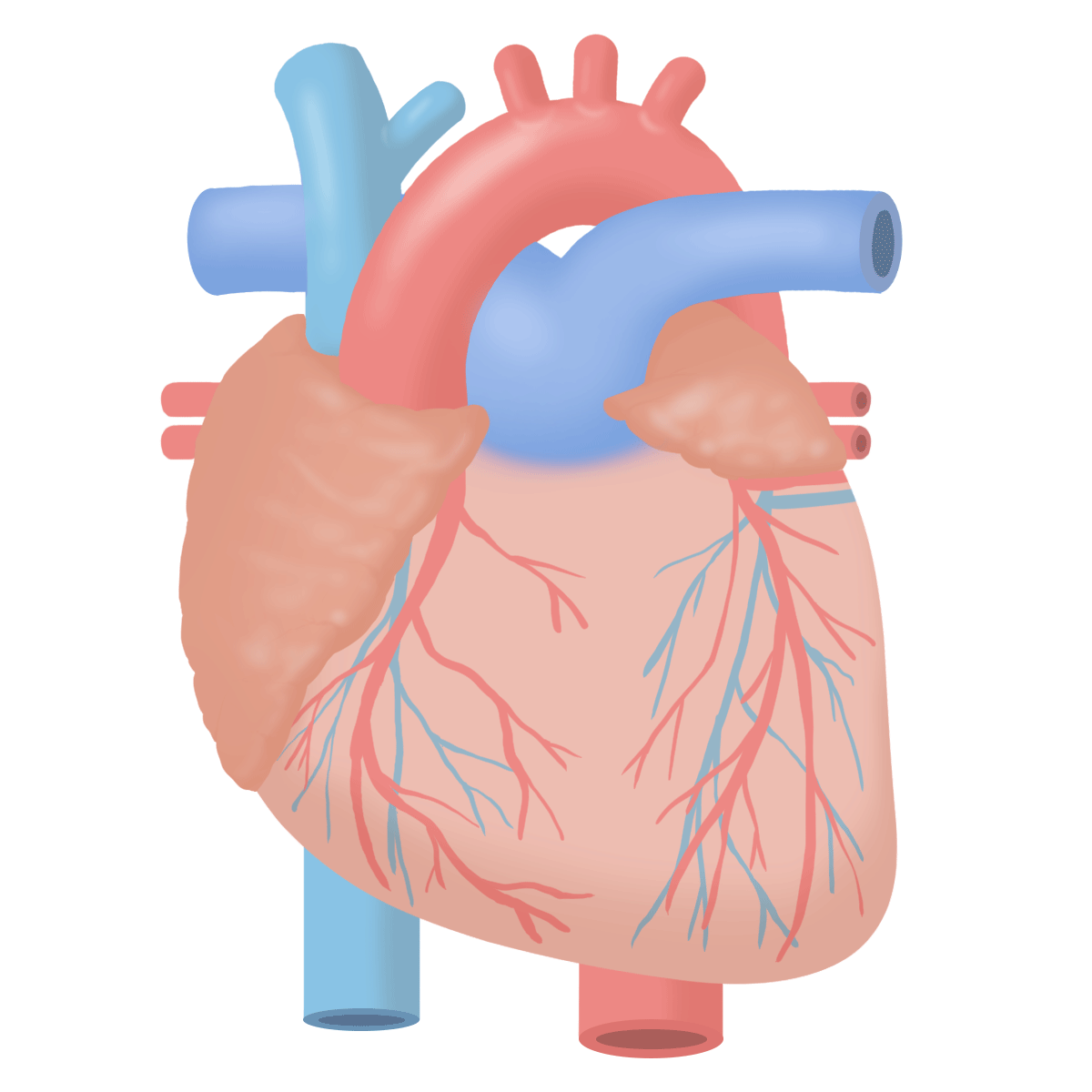Left Atrial Appendage Occlusion during Cardiac Surgery to Prevent Stroke
N Engl J Med. 2021 Jun 3;384(22):2081-2091. doi: 10.1056/NEJMoa2101897. Epub 2021 May 15.
https://pubmed.ncbi.nlm.nih.gov/33999547/
心房細動に対する左心耳閉鎖術なんて学生の時に習った覚えがありません。。ただ勉強不足だっただけなのかもしれませんが。
タイムリーに自分が担当していた患者さんが循環器内科にて左心耳閉鎖術の予定が組まれていたので、勉強した直後でしたが、ほかの心臓オペのついでに左心耳閉鎖術なんてできるんですね。開腹オペのついでに胆嚢摘出術を行うみたいな。例えですらすごいですね、自分で打ちながら笑いました。
買い物行くついでにクリーニング行くみたいな感じですか、いい例えは。
![]()
Background: Surgical occlusion of the left atrial appendage has been hypothesized to prevent ischemic stroke in patients with atrial fibrillation, but this has not been proved. The procedure can be performed during cardiac surgery undertaken for other reasons.
Methods: We conducted a multicenter, randomized trial involving participants with atrial fibrillation and a CHA2DS2-VASc score of at least 2 (on a scale from 0 to 9, with higher scores indicating greater risk of stroke) who were scheduled to undergo cardiac surgery for another indication. The participants were randomly assigned to undergo or not undergo occlusion of the left atrial appendage during surgery; all the participants were expected to receive usual care, including oral anticoagulation, during follow-up. The primary outcome was the occurrence of ischemic stroke (including transient ischemic attack with positive neuroimaging) or systemic embolism. The participants, research personnel, and primary care physicians (other than the surgeons) were unaware of the trial-group assignments.
Results: The primary analysis population included 2379 participants in the occlusion group and 2391 in the no-occlusion group, with a mean age of 71 years and a mean CHA2DS2-VASc score of 4.2. The participants were followed for a mean of 3.8 years. A total of 92.1% of the participants received the assigned procedure, and at 3 years, 76.8% of the participants continued to receive oral anticoagulation. Stroke or systemic embolism occurred in 114 participants (4.8%) in the occlusion group and in 168 (7.0%) in the no-occlusion group (hazard ratio, 0.67; 95% confidence interval, 0.53 to 0.85; P = 0.001). The incidence of perioperative bleeding, heart failure, or death did not differ significantly between the trial groups.
Conclusions: Among participants with atrial fibrillation who had undergone cardiac surgery, most of whom continued to receive ongoing antithrombotic therapy, the risk of ischemic stroke or systemic embolism was lower with concomitant left atrial appendage occlusion performed during the surgery than without it. (Funded by the Canadian Institutes of Health Research and others; LAAOS III ClinicalTrials.gov number, NCT01561651.).
背景:左心耳の外科的閉鎖が心房細動患者の脳梗塞を予防するという仮説が立てられているが,証明されていない.左心耳閉鎖術は,ほかの理由で行われる心臓手術中に施行可能である.
方法:心房細動を有し,CHA2DS2-VASc スコア(0~9 点で,スコアが高いほど脳梗塞のリスクが高いことを示す)が 2 点以上で,ほかの適応で心臓手術を受ける予定の患者を対象として,多施設共同無作為化試験を行った.患者は術中に左心耳閉鎖術を受ける群と受けない群に無作為に割り付けられ,全例が追跡期間中に経口抗凝固薬を含む通常の診療を受けることを期待された.主要転帰は脳梗塞(神経画像所見を伴う一過性脳虚血発作を含む)または全身性塞栓症の発生とした.患者,試験担当者,プライマリケア医(外科医を除く)には試験群の割付けを知らせなかった.
結果:主要解析集団は閉鎖群 2,379 例と非閉鎖群 2,391 例であり,平均年齢は 71 歳,平均 CHA2DS2-VASc スコアは 4.2 点であった.患者は平均 3.8 年間追跡された.患者の 92.1%が割り付けられた手術内容を受け,3 年の時点で 76.8%が経口抗凝固薬を継続していた.脳梗塞または全身性塞栓症は,閉鎖群の 114 例(4.8%)と非閉鎖群の 168 例(7.0%)に発生した(ハザード比 0.67,95%信頼区間 0.53~0.85,P=0.001).周術期出血,心不全,死亡の発生率に群間で有意差は認められなかった.
結論:心臓手術を受けた心房細動患者のうち,同時に左心耳閉鎖術を受けた患者は,受けなかった患者よりも脳梗塞または全身性塞栓症のリスクが低かった.大部分が抗血栓療法を継続していた.(カナダ国立保健研究機構ほかから研究助成を受けた.LAAOS III 試験:ClinicalTrials.gov 登録番号 NCT01561651)


コメント